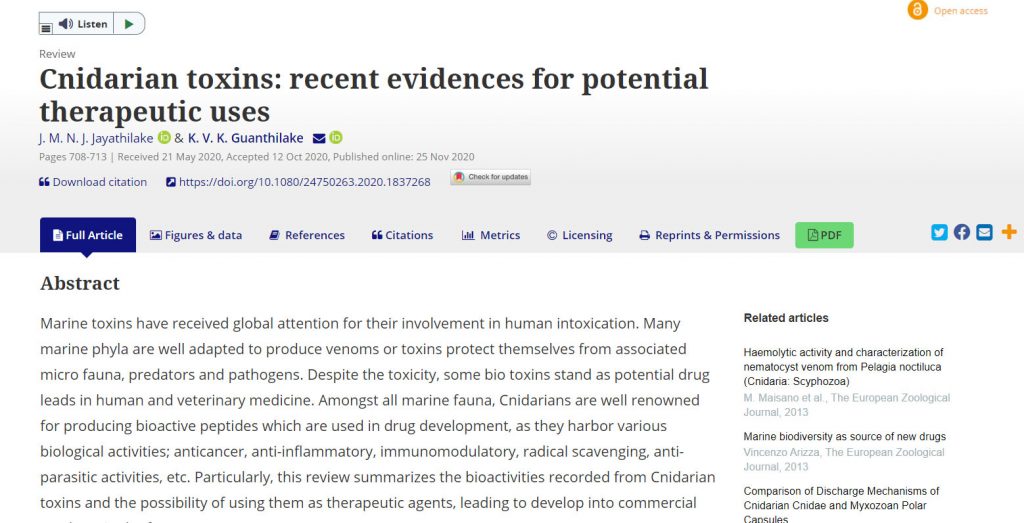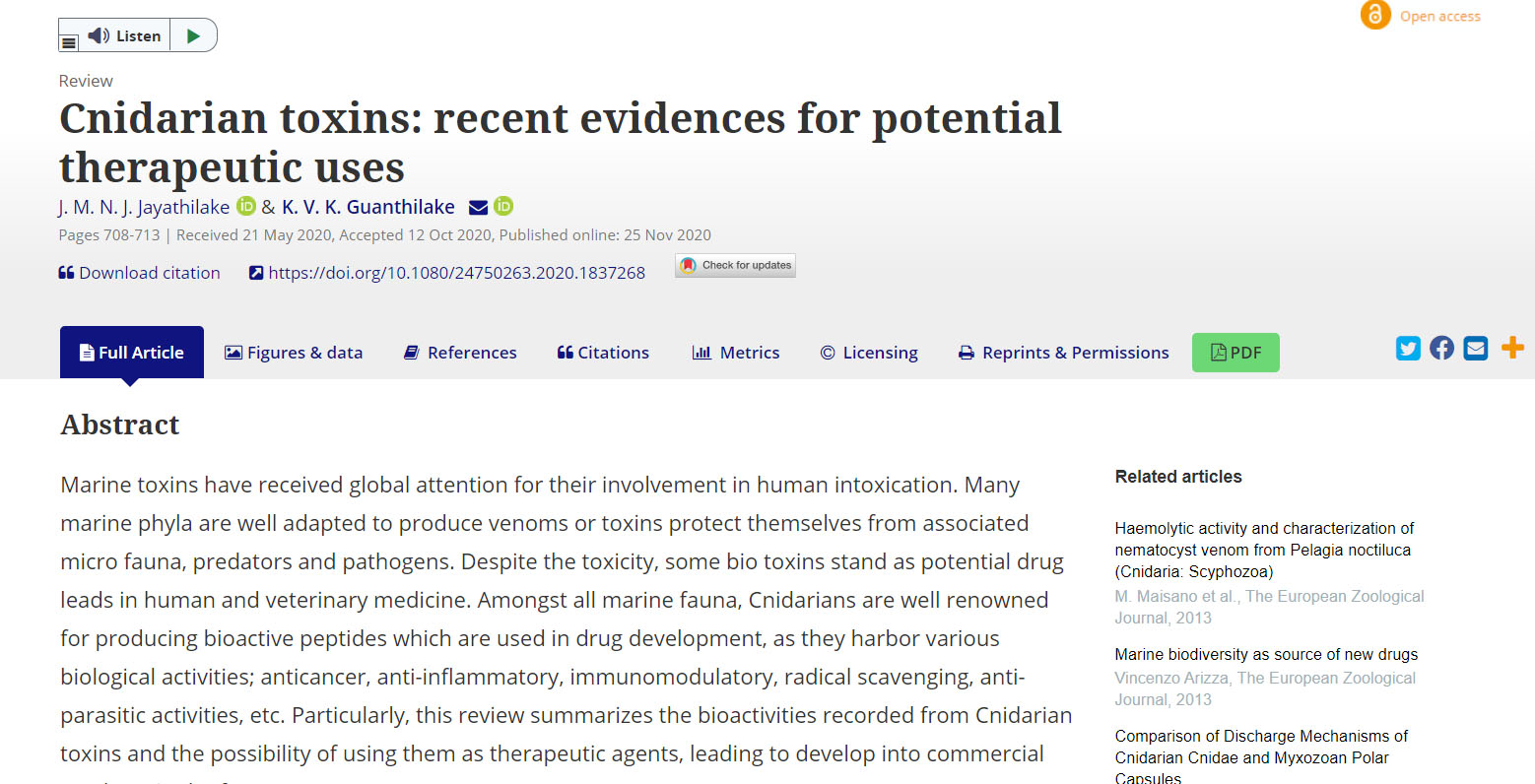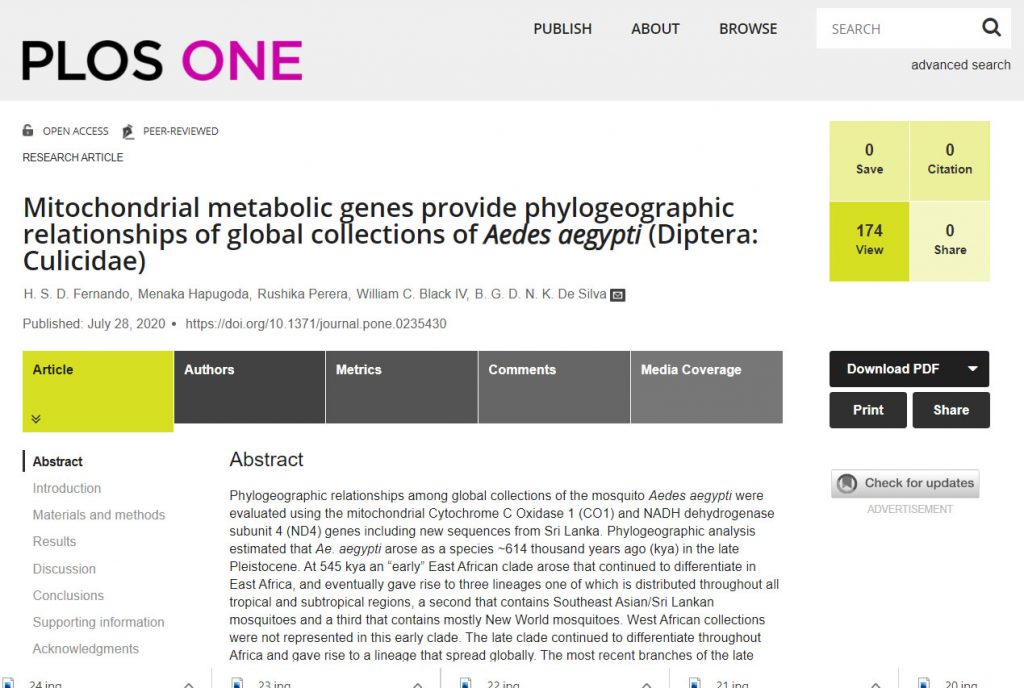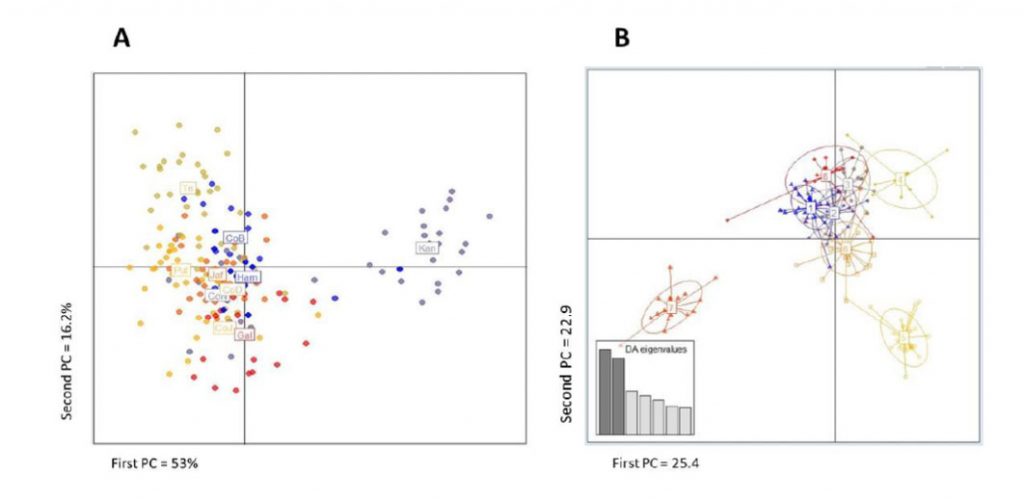Authors: J.M.N.J.Jayathilake, K.V.K Gunathilake
Journal: The European Zoological Journal
Marine toxins have received global attention for their involvement in human intoxication. Many marine phyla are well adapted to produce venoms or toxins protect themselves from associated micro fauna, predators and pathogens. Despite the toxicity, some bio toxins stand as potential drug leads in human and veterinary medicine. Amongst all marine fauna, Cnidarians are well renowned for producing bioactive peptides which are used in drug development, as they harbor various biological activities; anticancer, anti-inflammatory, immunomodulatory, radical scavenging, anti-parasitic activities, etc. Particularly, this review summarizes the bioactivities recorded from Cnidarian toxins and the possibility of using them as therapeutic agents, leading to develop into commercial products in the future.








